Now Viewing:
Simsbury
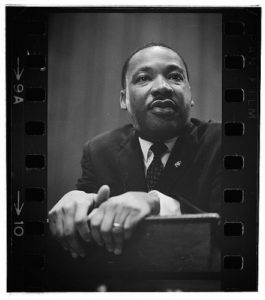
Dr. King’s Dream Had Roots in Connecticut
In the summer of 1944, a young Martin Luther King Jr. worked at the Simsbury tobacco farm of Cullman Brothers, Inc.
Read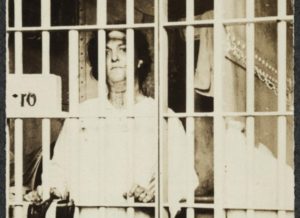
19th Amendment: The Fight Over Woman Suffrage in Connecticut
In Connecticut, Frances Ellen Burr and Isabella Beecher Hooker took up the cause by forming the Connecticut Woman Suffrage Association (CWSA) in 1869.
Read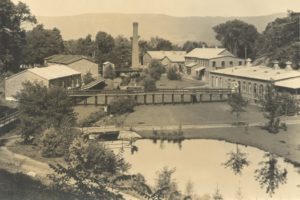
The Steady Evolution of a Connecticut Family Business
Simsbury and Avon’s fuse-making helped build America’s railroads, mine her natural resources, expand the Panama Canal, and even blow up tree stumps in local farm fields.
Read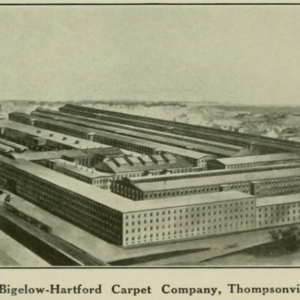
First Connecticut Carpet Mills Emerge in Simsbury and Enfield
In the 1820s, the first two notable carpetmakers emerged in the north central part of Connecticut—the Tariff Manufacturing Company and the Thompsonville Carpet Manufacturing Company.
Read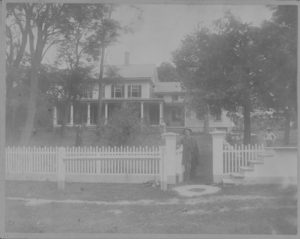
The Land of Nod Farm, East Canaan, Connecticut
The Land of Nod farm was an important agricultural and residential resource for both the people of East Canaan and the workers at the Beckley furnace.
Read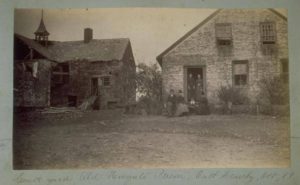
Notorious New-Gate Prison
A failed Simsbury copper mine is now a national historic landmark in East Granby.
Read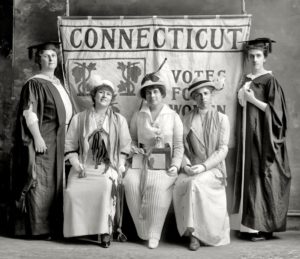
Connecticut Suffragists Appeal to the President – Today in History: July 12
On July 12, 1918, Connecticut suffragists rallied in Hartford and Simsbury to appeal to President Woodrow Wilson for help in getting women the right to vote.
Read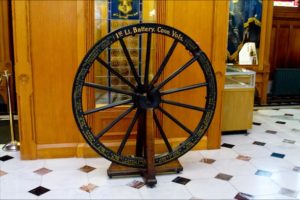
Gun Wheel of the First Light Battery, Connecticut Volunteers
A wheel damaged in battle now resides at the Connecticut State Capitol to commemorate the Civil War service of the First Light Battery Connecticut Volunteers.
Read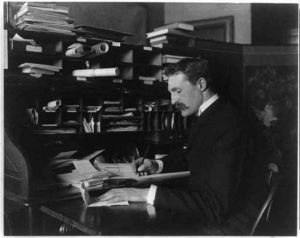
Gifford Pinchot: Bridging Two Eras of National Conservation
Connecticut-born Gifford Pinochet oversaw the rapid expansion of national forest land holdings in the early 1900s.
Read
Laboring in the Shade
Thousands of Black Southern students, including a young Martin Luther King Jr., came north to work in Connecticut’s tobacco fields.
Read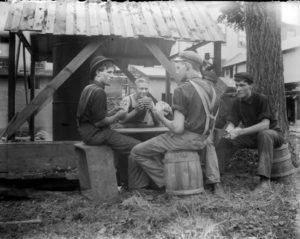
Avon Industry: From Underground to Outerspace
The origins of the Climax Fuse Company date back to 1852 in Avon, Connecticut.
Read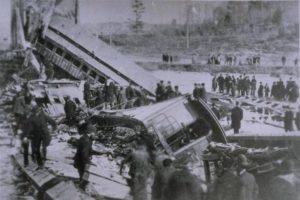
The Tariffville Disaster – Today in History: January 15
On January 14, 1878, at about 10:00 p.m., a span of the Tariffville Bridge gave way, plunging a Connecticut Western Railroad train into the Farmington River.
Read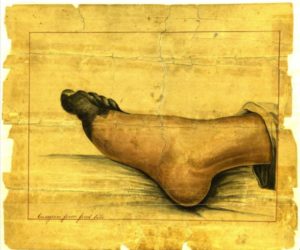
Civil War Soldier Dies of Gangrene – Today in History: July 10
On July 10, 1864, Civil War soldier Curtis Bacon of Simsbury died of gangrene from injuries he suffered in combat nearly two months earlier.
Read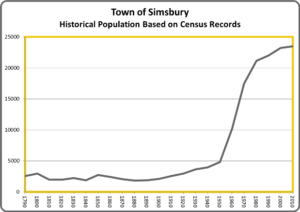
Over Time: Simsbury’s Historical Population
Census data, from colonial times on up to the present, is a key resource for those who study the ways in which communities change with the passage of time.
ReadMore Articles



